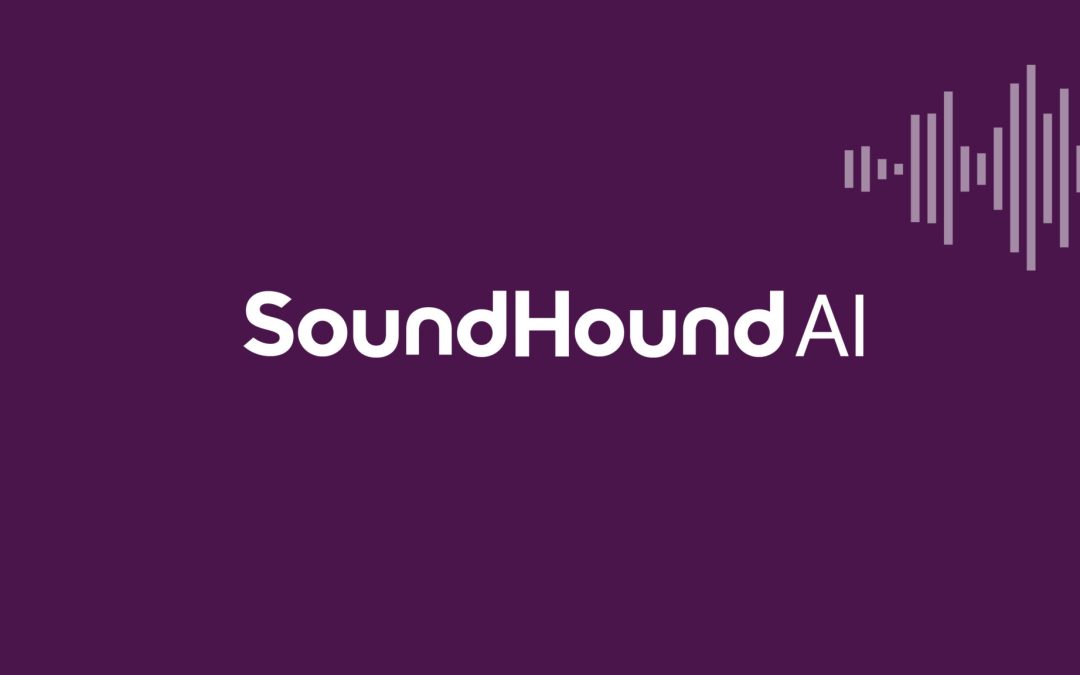If you’ve ever heard Morgan Freeman or James Earl Jones narrate a documentary or a commercial, you know how enchanting a voice can be. SoundHound AI is betting that consumers will continue to value this fundamental pleasure as part of the meal-ordering process, even if the words don’t come from Freeman, Jones, or an actual human.

Mike Zagorsek, COO of SoundHound AI
“Voice is the next great wave of human-computer interaction,” said Mike Zagorsek, chief operating officer at SoundHound AI, which recently acquired online-ordering platform Allset. “We’re creatures of voice. Using yours to make a transaction is the most natural way to do things. The key is to make the interaction conversational.”
Even if it’s artificial. The question for operators is this: if an authentic conversation is desired, why not keep the exchange between two people? The answer is clear. One of them costs money. And you may need more than one.
“We ask restaurants if they are able to answer the calls that are coming in. We hear that they’re too busy to answer the phone. It just rings. Or people get put on hold. Then we ask: if you could answer the calls for a relatively low cost, reliably, consistently, never miss a call and even handle multiple calls at once, is that worth something? Quite often they say yes,” said Zagorsek.
Nearly doubling its footprint
More than 10,000 restaurants have said yes to SoundHound AI. And now with Allset, it has 7,000 more locations on its roster. Zagorsek is excited about scaling up.
“If you’re in your car and you do a voice-enabled search for restaurants nearby, we already provide those results, but the next evolutionary step is to go ahead and interact with the restaurant directly. And so Allset, whose legacy was in platform integrations and food ordering using traditional methods, was very alive to this long-term vision. They have a great portfolio of restaurants, a lot of small restaurants, who they thought would welcome our current AI solutions, particularly our phone-answering capabilities,” he said.
Handling calls is one thing. SoundHound AI also offers a platform for operators to use for drive-thrus. While some well-known QSRs have had a rough go of it with voice AI in drive-thrus, Zagorsek says it is finding success with White Castle.
“Our technology is in a few dozen locations right now,” he said, “and White Castle has announced it wants to be in 100 locations by the end of the year. White Castle is telling us that the orders are being handled faster and more accurately than before.”
Try not to rush
Zagorsek, while obviously wanting to enroll more restaurants, offers a note of caution to operators.
“Drive-thrus are universally seen as a massive opportunity with AI, but understand that it’s not easy to set up and use. You can’t just say, OK, we’re going to do this and it gets done. It’s hard. You need to have the technical know-how and experience in voice technology. If you don’t have that, you may hit roadblocks,” he said.
Zagorsek explains that Soundhound AI, which went to market eight years ago with a voice platform designed for cars, is uniquely positioned to make AI not theoretical and confusing but practical and useful.
“The Internet wave was 20 years ago. Then mobile took over. And now this. What can AI help restaurants do? For us the technology has to lead to some kind of service. It has to help you run faster and reach more customers,” he said. “The productization of these technologies is one thing. But we want to unlock different ways to interact and transact. Voice is a universal channel. Once you have a microphone and a connected device, it could be a gateway to all things. Right now a lot of things are locked into screens and displays and browsers. We think a voice-commerce ecosystem will be the next chapter.”


